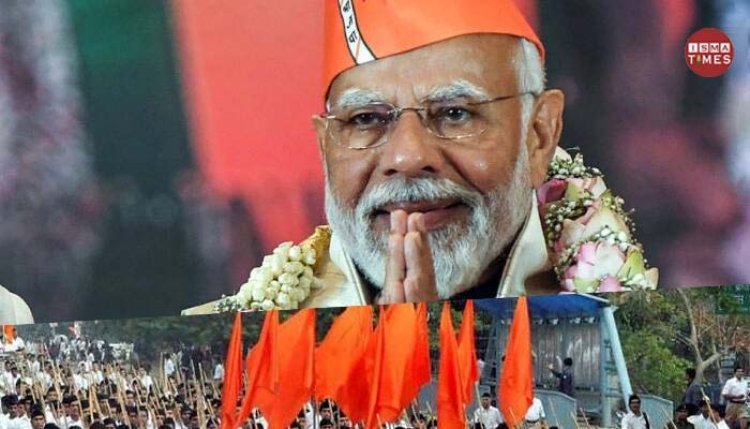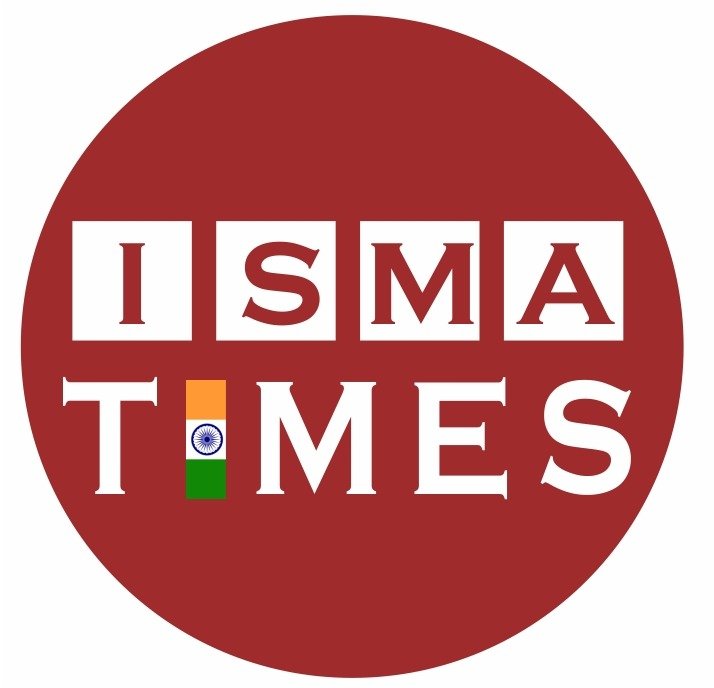Everyone says ‘aayega to Modi hi’—some with a drumroll, many with despair
Modi’s presence is no longer enough to brush every other issue under the carpet. His charisma is beginning to wane, making way for other long-suppressed issues.

How robust is this return to normal politics in these abnormal times? I asked myself as we wound up our five-day journey of 1,500 km across western UP, southern Punjab, northern Haryana, and eastern Rajasthan. Five of us (Roaming Radicals as opposed to Limousine Liberals!) started this journey with a simple question: is a BJP wave sweeping across the ‘Hindi heartland’ as it did in 2014 and 2019? Is this going to be another washout for the opposition?
After speaking to about 400 ordinary voters on the streets, in their homes, and in the bazaars, the answer was a simple and emphatic ‘no’. We witnessed a return to normal politics — livelihood issues, local grievances, critique of the incumbent, caste and community equations, factional politics, and what have you — that Prime Minister Narendra Modi cannot subdue or subsume. And this is bad news for the incumbent BJP. If this public mood were to translate into electoral outcomes, it would be an uphill task for Modi’s BJP to repeat its clean sweep in this region.
These, however, are not normal times. And this is not a normal election. Would this disquiet, if not anger, manage to express itself as public opinion? Would such public opinion translate into a vote swing? And — we cannot but ask this time — would people’s votes be truly reflected in the election results? On this, we came back with more questions than we started with.
Waning of Modi charisma
Everything has a miyaad (expiry date), said a 30-something plainclothes policeman posted around Jhunjhunu in east Rajasthan. “Corona ki bhi miyaad thee, fir apne aap khatam ho gaya. Isee tarah Modi ke jadoo ki miyaad bhi poori ho gayi hai.” (Corona too had an expiry date and then it disappeared on its own. Similarly, Modi magic has also reached its expiry date.)
This remark captured what we saw and felt everywhere. Modi has not disappeared from, or fallen in the public eyes. Opinion polls would no doubt find him way ahead of his competitors. We did meet a score of die-hard Modi supporters. But on the whole, his presence is no longer enough to brush every other issue under the carpet. His charisma is beginning to wane, making way for other long-suppressed issues.
There is no dearth of such issues that put the incumbent on the defensive. Unemployment is undoubtedly the most acute pain point. Die-hard BJP supporters, who can parrot the official narrative on everything, are at a loss for words when you quiz them about unemployment. You can convince a credulous audience with a fake narrative of a triumph over China. But you cannot fool even the loyalists into shutting their eyes to joblessness in their own family. The Agnipath scheme is already like demonetisation — even the BJP advocates don’t defend it.
Inflation is a close second pain point. While most underprivileged and deprived people credit Modi for regular and free rations (no one remembers that the National Food Security Act was brought in by the UPA), this is not enough to alleviate their suffering. “Gujara nahin chalta” (can’t make two ends meet) is a common refrain. Besides, almost everyone agrees that the farmers’ woes remain unaddressed. The measly annual PM Kisan Nidhi of Rs 6,000 does not even cover the increased price of diesel and fertilisers, they tell you. And then there are hosts of local issues that make a world of difference to the voters: the canal that was promised but whose construction was not even begun, the road that is still dug up, crop loss compensation that never arrived, massive costs of hospitalisation, brazen everyday corruption, and so on.
The Ayodhya temple is missing from this long list. No one mentioned the consecration of the Ram temple at Ayodhya on his own. When probed specifically about PM Modi’s achievements, many BJP supporters mentioned the Ayodhya temple, but only after they had credited the PM for raising India’s international standing and his role in the abrogation of Article 370. You also get to hear candid voices of dissent. A young Adivasi voter put this sharply: “Janata ko mandir me bhej rahe hain. Aur jinhe mandir me hona chahiye unhe politics me laa rahe hain.” (The public is being pushed into temples while those who should be sitting in the temples are being pulled into politics.)
The performance of the incumbent MPs is also under the lens this time. Since all but a handful of the incumbents in this region are from the BJP — most of them have been renominated, either for the third term or more — the ruling party is under severe stress. In many cases, “Paanch saal se shakal nahin dikhayi” (Didn’t show his/her face for the last five years) settles the argument about whether the sitting MP should get another chance. Social equations always matter, but they might carry more weight this time compared to the last two national elections. The BJP may be able to manage the Rajput rebellion against it in western UP, but the alienation of the Jats in Haryana and even Rajasthan looks irreversible in this election. The BJP is expanding its footprint in urban Punjab, but may lose some of its newly acquired Dalit supporters in Rajasthan and Haryana. These might sound like the quotidian stuff of everyday politics, but their re-emergence is noteworthy.
Conversations on ‘tanashahi’
All this is a far cry from the bluster of “400 paar”. If what we saw gets expressed as public opinion and is reflected into votes that are faithfully recorded and counted, we could be looking at another ‘India Shining’ disaster for the BJP. Even on the current uneven playing field, the BJP would find it difficult to repeat its 2019 performance in this region, let alone improve upon its tally, which cannot but go down in Haryana and Rajasthan.
But then, we do not live in normal times. And people know this. “Tanashahi” (dictatorship) was mentioned in the conversations more than I have ever heard in the last four decades. Floating voters don’t yet talk about it, but those opposed to the BJP invoke this apprehension more than ever before. They cite the gagging of non-“godi media” (it is a common expression now), the dismantling of opposition governments, forced defections, and of course the arrest of Arvind Kejriwal as proof of dictatorship. “Washing machine” is percolating down in local conversations, as villagers gossip about the ED and CBI. More than national figures, they exchange notes about the local Congress leader who was first raided and then given a clean chit after his defection to the BJP. For the first time, there is widespread scepticism about the EVMs — “button kahin daabenge, machine me niklega kahin aur” (Will press one button, machine will show something else). Earlier, such apprehensions were dismissed. Now they get a sympathetic hearing among the un-affiliated voters.
Normal politics in abnormal times creates multiple dissonances. Grassroots issues do not travel up to national media. The opinion of the public is disconnected from what is presented as ‘public opinion’. National news relevant to the people does not travel down to them either. Only a tiny fraction of the voters we spoke to had heard about electoral bond issue; those who did mostly did not know about the quid pro quo involved in the “chanda ka dhandha” (donation as business).
People’s notion of what is happening to the country is disconnected from their personal experience. The general refrain is, “My condition and that of my family has worsened in the last five years, but the country seems to be taking a stride forward”. And the perception of collective preference is disconnected from individual choices. Usually, Indian voters like to believe that the horse they are backing is going to win. But this time, very many voters said they won’t vote for the BJP, nor would their family or village. “Lekin aayega toh Modi hi” (But Modi will return).
I heard this “aayega toh Modi hi” quip in multiple tones. BJP workers were assertive and smug. Sometimes this was an attempt at objectivity. But very often, this was a statement of despair, utter helplessness. Normal politics in abnormal times can be an arduous journey.
by Yogendra Yadav

















